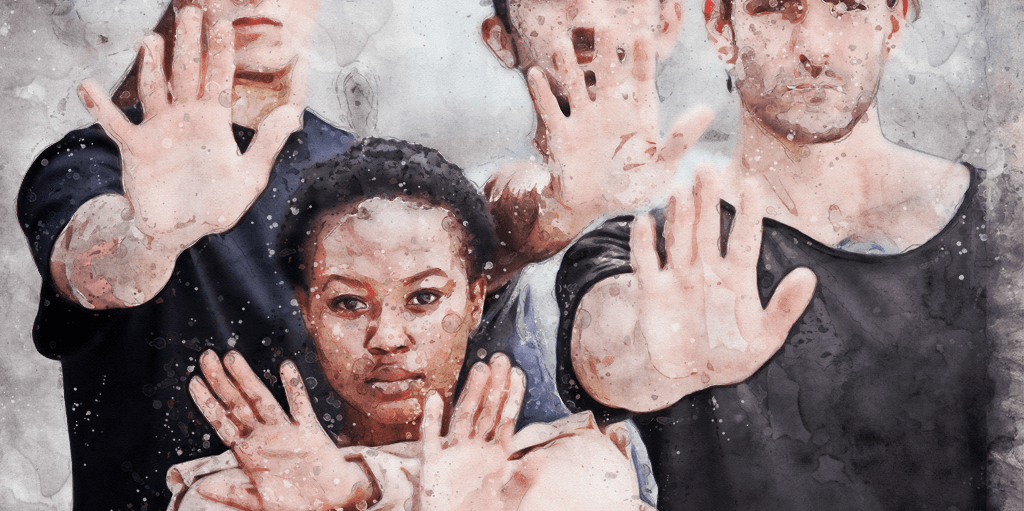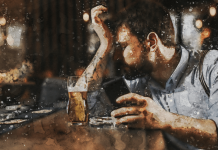In an era where media shapes perceptions, it’s crucial to acknowledge the power it holds in crafting and perpetuating stereotypes. From films and television shows to news outlets and social media, the portrayal of individuals and groups often leans on oversimplified and prejudiced narratives. This not only distorts our understanding of the diverse world we live in but also leads us to make hasty judgments about people based on these skewed visions. At Torri Enso, we believe in diving deeper, looking beyond these stereotypes, and learning from personal experiences or direct knowledge to foster a more empathetic and inclusive society.
Judging someone’s character based on stereotypes involves forming an opinion about them based on preconceived notions and generalised beliefs about the group they belong to, rather than their individual actions or merits. Stereotypes can be related to race, ethnicity, gender, age, socioeconomic status, and more, and often carry negative or overly simplified connotations. This approach to judgment is flawed because it ignores the rich complexity of individual human experiences and reduces people to narrow, often inaccurate, categories.
Stereotypes can profoundly affect individuals and communities, influencing opportunities, interactions, and perceptions in various aspects of life. Here are several scenarios where being judged based on stereotypes can have significant consequences:
- Employment Opportunities: Similar to the example provided, a person of colour might be unfairly judged during job interviews or in the workplace. If an employer holds a stereotype that associates a person’s racial or ethnic background with unreliability or incompetence, it could lead to unfair hiring practices, denial of promotions, or unequal treatment in the workplace, regardless of the individual’s qualifications or work ethic.
- Education and Academic Achievement: Students from certain socioeconomic backgrounds or ethnic groups might be stereotyped as being less capable or not valuing education. Teachers and administrators might have lower expectations for these students, which can influence the students’ performance and opportunities, such as placement in advanced courses or being recommended for leadership positions.
- Healthcare Access and Treatment: Stereotypes can also affect the quality of healthcare individuals receive. For instance, there are documented cases where racial and ethnic minorities receive lower quality of care or are less likely to be offered certain treatments because of stereotypes held by healthcare professionals. This can lead to disparities in health outcomes.
- Legal System and Law Enforcement: Stereotypes about certain groups being more prone to criminal behaviour can lead to biased policing, racial profiling, and unfair treatment in the legal system. This can cause higher arrest rates, harsher sentences, and a higher likelihood of being wrongfully accused for individuals from stereotyped groups.
- Housing and Community Life: Stereotypes can influence where people can live and how they are treated in their communities. Racial stereotypes, for example, might lead to discrimination in the housing market, with individuals being denied rentals or loans. In neighbourhoods, these stereotypes can affect how community members interact with each other, potentially leading to social isolation or harassment.
- Travel and Public Perception: Individuals who are stereotyped based on their religion or ethnicity might face scrutiny, suspicion, or outright discrimination while travelling. This can range from undergoing additional security checks at airports to facing hostility or violence in certain locales, affecting their freedom of movement and personal safety.
- Social Media and Online Spaces: In the digital age, stereotypes can spread rapidly online, affecting how individuals are perceived and treated in both virtual and real-world spaces. People from certain groups might be targeted for harassment or discrimination based on stereotypes perpetuated through social media platforms, affecting their mental health and sense of belonging.
Each of these scenarios underscores the need for awareness, empathy, and active efforts to challenge and overcome stereotypes, promoting a more inclusive and fair society.
Understanding the Impact of Media Stereotypes
Media stereotypes are not harmless; they reinforce harmful biases and prevent us from seeing the full humanity of others. Whether it’s racial and ethnic stereotypes, gender roles, or class-based caricatures, these depictions limit our understanding and appreciation of the complex individual identities that exist beyond these categories.
Challenging Our Perceptions
It’s essential to question the narratives were fed and consider the broader context. Why are certain stereotypes prevalent, and who benefits from them? By becoming more critical consumers of media, we can see the cracks in these oversimplified portrayals.
Learning from Personal Experience
Engaging with people from diverse backgrounds and listening to their stories is one of the most powerful ways to break down stereotypes. Personal experiences and direct interactions allow us to see the richness and variety of individual lives, challenging the monolithic portrayals often found in the media.
Cultivating Empathy through Education
Educating ourselves and others about the dangers of stereotypes is vital. Workshops, seminars, and open discussions can illuminate how stereotypes are formed and the impact they have on both individuals and society. By fostering an environment where empathy and understanding are paramount, we can dismantle these harmful narratives.
The Role of Media Creators
Media creators have a responsibility to portray characters and stories with complexity and nuance. By moving away from stereotypical representations and showcasing a diversity of experiences, they can play a crucial role in shaping a more inclusive society.
Conclusion
The statement “we should not judge a person until we have walked in their shoes” emphasises the importance of empathy and understanding in forming opinions about others. It suggests that true understanding of another person’s character and actions requires us to consider their personal experiences, challenges, and perspectives. Walking in someone’s shoes metaphorically means experiencing their life, seeing the world through their eyes, and feeling what they feel. This perspective-taking can reveal the reasons behind someone’s actions, highlight the struggles they face, and uncover the nuances of their character that stereotypes completely overlook.
This statement is a call to withhold judgment and extend empathy, recognising that everyone’s life is shaped by a unique set of circumstances, and that understanding these circumstances is crucial to forming fair and compassionate assessments of others. It challenges us to look beyond the surface and stereotypes, to engage with the complexity of individual human stories.
The journey to overcome media-driven stereotypes is ongoing and requires continuous effort from all of us. By questioning our assumptions, seeking authentic stories, and engaging with others from a place of empathy and curiosity, we can move beyond these limiting narratives. Let’s commit to viewing each person as an individual with their own unique story, rather than through the distorted lens of stereotypes.






